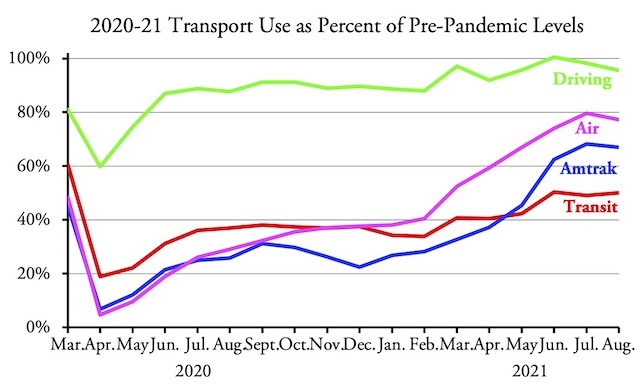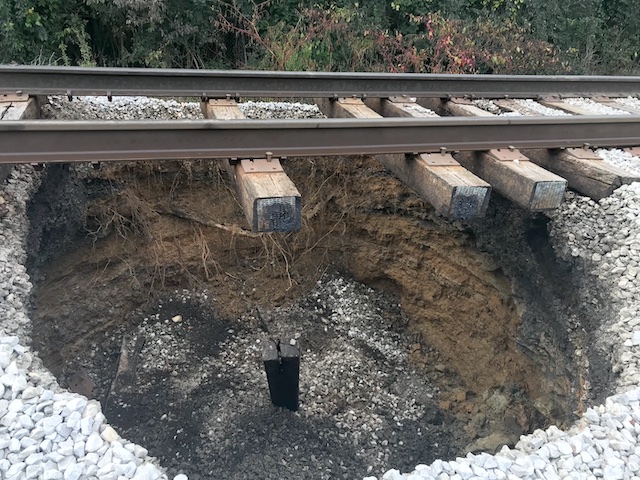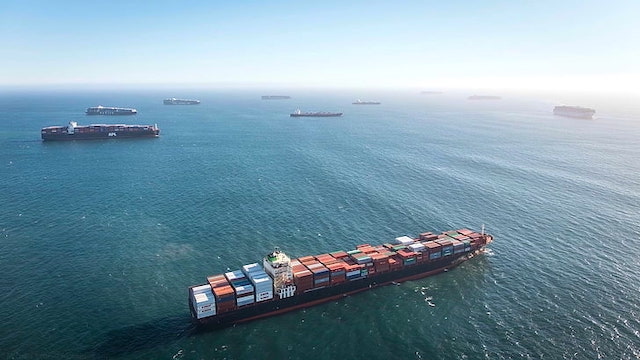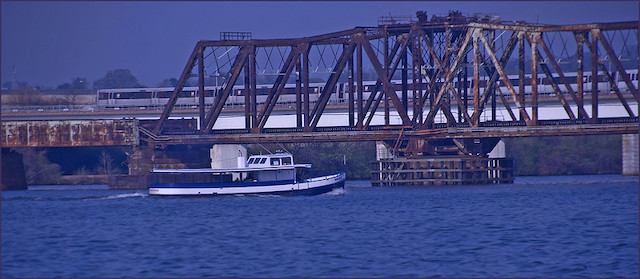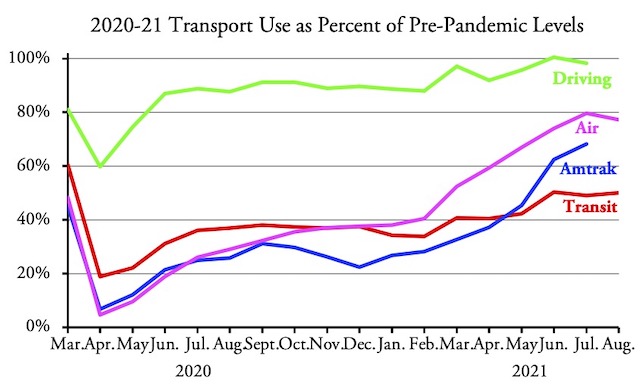America’s freight delivery system is melting down and Congressional action on infrastructure is stalled. So what has Secretary of Transportation Pete Buttigieg being doing about these problems?
Nothing, it turns out. For the past two months, he has been on paid leave due to having two new babies at home. The thing is, no one even noticed until Politico pointed it out last week. Now many people, particularly Republicans, are in a tizzy, wondering why Buttigieg should keep his job if he isn’t doing it.
Some are asking a more pertinent question, which is: why do we even have a Department of Transportation? Most of its budget, which was $87.5 billion in 2021 not counting various COVID relief funds, was simply passed through from the Treasury to the states according to formulas set by Congress. That could have been done by the Department of Commerce, which oversaw agencies such as the Bureau of Public Roads before the Department of Transportation was created. Continue reading

